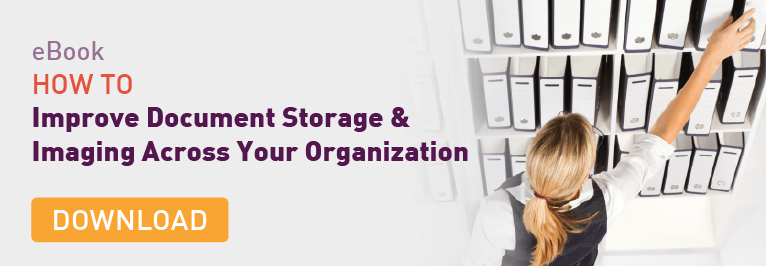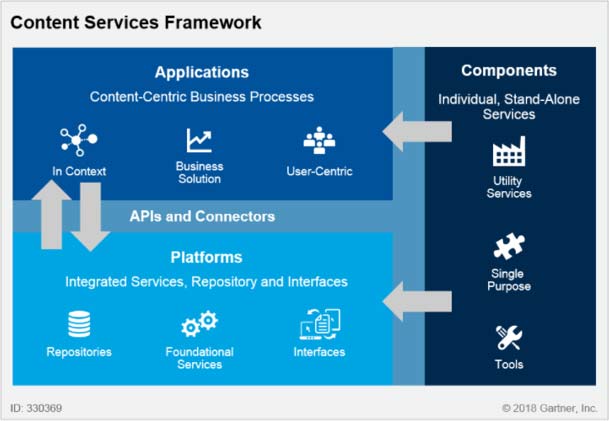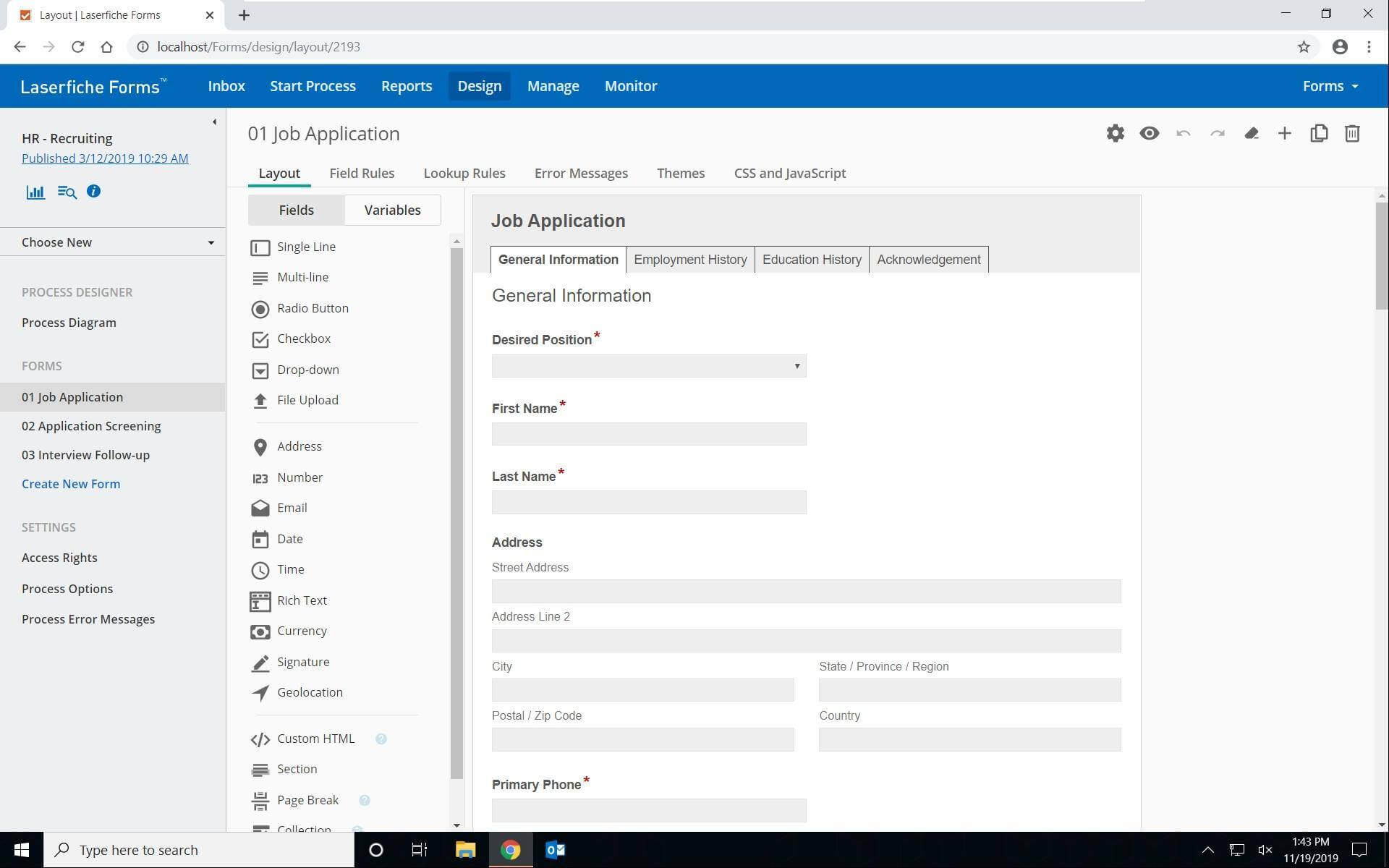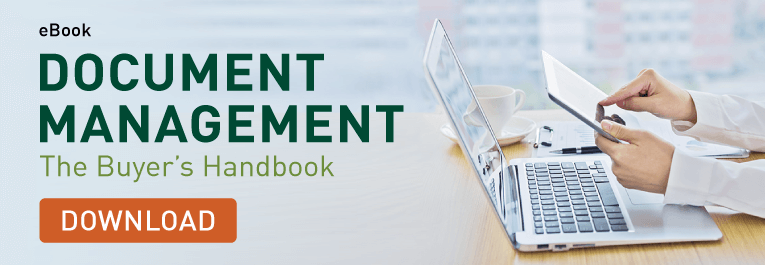New Zealand’s Hurunui District, with a population of approximately 11,000 spread across 18 towns, offers a rural lifestyle filled with rich culture. Its local government authority excels at developing a sense of community, partnership and well-being.
Hurunui District Council knew that building a strong IT infrastructure was essential to providing the best customer service. The Council began searching for a new solution to replace its legacy document management system (DMS) when the requirements for records management at government organisations changed. The growing amount of information generated proved too much to efficiently handle, control and retain.
According to Scott Linton, the Council’s Information and Technology Services Manager, the Council focused on finding a system with:
- The ability to easily integrate with its existing financial and business system, Napier Computer Systems.
- Test servers and multiple repositories, versioning capability and records management functionality.
- The right price.
Laserfiche provided a versatile enterprise-wide solution. “Being New Zealand’s seventh-largest district by land size, we needed a system with the capability to connect our multiple offices,” explains Linton. “We were really impressed at how easy it was to implement Laserfiche and connect our main office with five satellite locations. It was up and running in no time!”
Using Laserfiche Quick Fields to conserve staff time and IT resources
Three months before the Hurunui District Council put Laserfiche in place, its legacy DMS broke down. “We were worried about what to do with all of our information, but Laserfiche Quick Fields allowed us to quickly migrate the contents of the legacy system into Laserfiche,” says Linton.
The Council used Laserfiche Quick Fields to back scan its records. More than half a million documents were imported directly into Laserfiche from their legacy system using Laserfiche Import Agent and Laserfiche Workflow. “Laserfiche Quick Fields helped to accelerate the process, prevent manual errors, save staff time and produce greater productivity,” Linton says. “In fact, we wouldn’t have been able to do the conversion manually. It would have overwhelmed us.”
The Council is now preparing to transfer approximately 800,000 files from its group drives to the Laserfiche repository.
Managing Council documents and records
Laserfiche’s versioning functionality was an important selection criterion for the Council. “We use versioning to improve service delivery and regulate our information management,” explains Linton. “We use versioning with our Consents documents and it prevents information from getting lost, tracks changes and maintains different versions for different purposes.”
The Council actively uses versioning to manage Resource Consents documents, adding, revising and replacing throughout the year. “It was difficult to organise when we didn’t have a centralised storage location. We didn’t know which document was the newest one, staff members constantly worked on wrong versions and the name of the documents kept changing. It’s been really useful to our staff so we will move forward and implement it with Building Consents documents as well,” Linton says.
The Laserfiche check in/check out process has helped to ensure that:
- Only one person can make changes to the report at a time.
- The most up-to-date version of each document is stored in the Laserfiche repository.
Automating business processes and accelerating service delivery
The Building Consents Department issues permits to ensure that any building work within the district is lawful, safe and sustainable. Documents about each property, including applications and details, need to be well-maintained and organised so that staff can provide excellent customer service.
“We are currently automating 120,000 Building Consents, Resource Consents and License’s documents using Laserfiche Workflow, which is pulling metadata from the old database and transferring it into the Laserfiche database,” says Linton. “Doing a manual transfer would have been a nightmare.”
Using Laserfiche’s abilities, the Council organised its metadata information as fields and then determined which fields to apply to the documents to enable the most efficient search for users. Laserfiche Workflow then assigns a template of predetermined fields to the documents, automatically pulls the information from the old database and fills out the metadata for each document.
“Each property has its own folder that contains an average of 40-50 pages on the details. Overall, we have around 10,000 folders, so we have tens of thousands of documents that need to be identified and placed with the correct property,” Linton explains. “We applied a Laserfiche template with metadata information such as the building type, number, property ID, evaluation number and address. Laserfiche Workflow then automatically identifies, filters and files the documents in their correct folders.”
According to Linton, “We want to continue expanding Laserfiche as an enterprise-wide, back-end control centre. We want our staff to experience a faster and easier search for documents — it shouldn’t be time-consuming to gather information about a property. With Laserfiche, they will be able to search for a property name or the ID and get the results in seconds.”
Future plans
The Hurunui District Council is looking forward to expanding and extending its Laserfiche implementation. “We are looking to bring in Laserfiche Mobile for building inspectors and compliance officers when they are at on-site visits. We’re also considering implementing Laserfiche Forms to further streamline workflows,” Linton says. “The capabilities of Laserfiche are endless. We haven’t found anything we can’t do with Laserfiche!”







